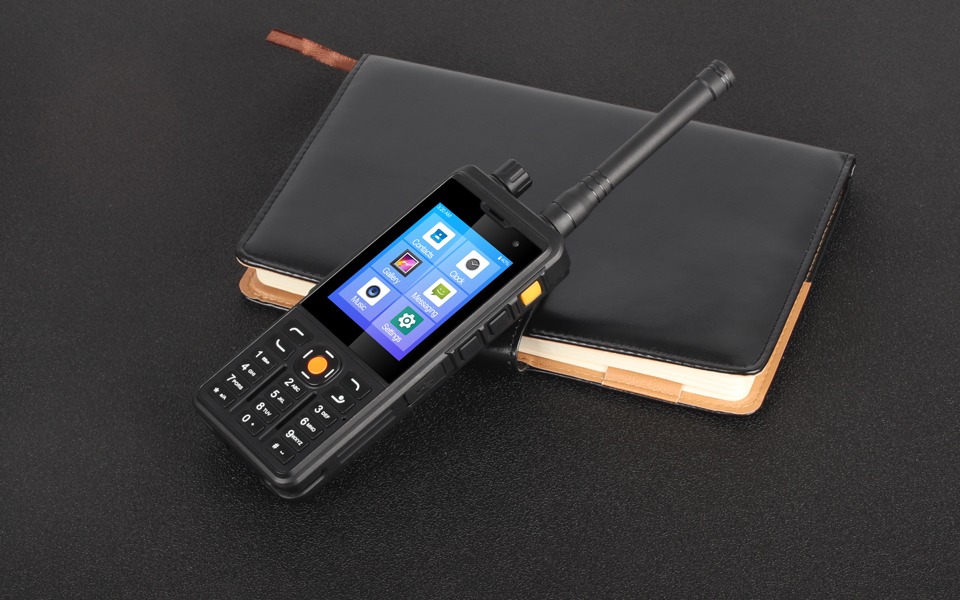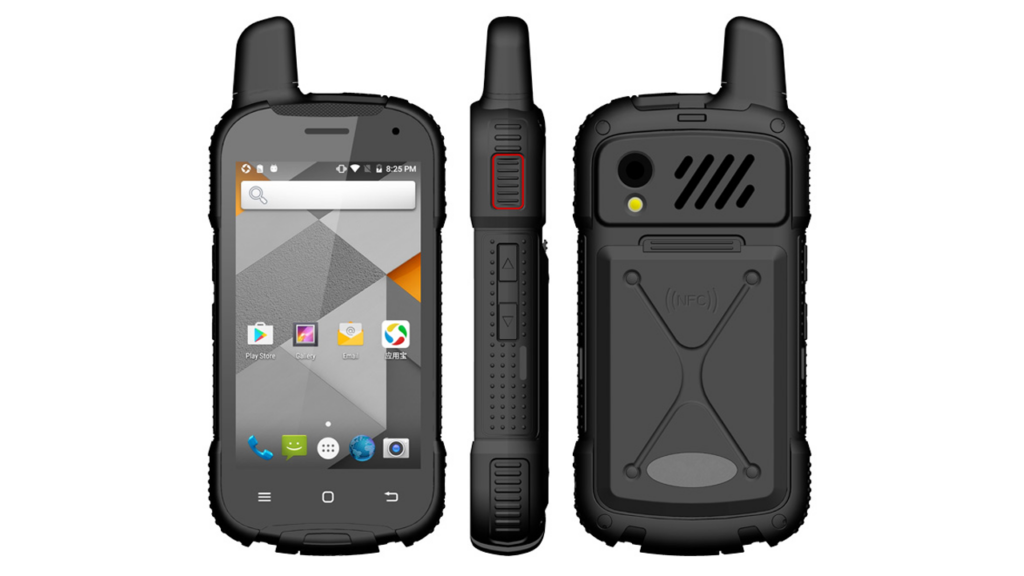Recent Blog
-
UNIWA will bring new models of handheld smart terminals to MWC Barcelona 2025. Our booth number is 7F21. Welcome to visit us!
2025-01-18 -
Welcome to visit our booth 5H26.From October 18th~21st 2023,UNIWA will participate in the Hong Kong Global Sources Electronics Fair
2023-09-19 -
Welcome to visit our booth 5J29. From April 18th~21st 2023, UNIWA will participate in the Hong Kong Global Sources Electronics Fair
2023-04-03 -
The Top 6 Android Barcode Scanners in 2023
2023-02-24
Common Walkie Talkie Terms You Should Know( Part One)
You’re ready to purchase walkie talkies, but after one quick glance at the product page, you realize you’re in over your head.
The good news is it isn’t that difficult to use – you just press a button and talk. However, there are still a lot of features and terms that are not easy to understand.
That’s why we’ve compiled a list of common terms of walkie talkies for you. Please keep reading on.

ANALOG MODE
Analog mode is considered the traditional type of radio technology. Most of today’s radio systems still operate on analog mode, although more professionals switch to digital radio every day.
Traditional analog two-way radios offer all the basics like push-to-talk, scanning, one-on-one group conversations, and limited encryption options. Signal strength is going to continually decrease as you get farther away from the transmitter. Once you get near the maximum range of the radio, all you will hear is white noise. On the other hand, digital radios maintain more consistent sound quality.
DIGITAL (DMR) MODE
DMR stands for Digital Mobile Radio – a standard for digital radio communication. As you might expect, digital radios have many more features compared to radios in analog mode (more than we can cover here). They offer better voice quality and can even block out background noise. This makes them ideal in loud environments. They also offer more channels, better coverage and longer battery life.
NOTE: Radios in digital mode cannot communicate with radios in analog mode. Many digital radios can switch to analog mode, but they lose the digital features.
Push-to-Talk (PTT)
All walkie talkies are equipped with a PTT button, which means you can transmit a message across the channel with the push of a button.
Channel
This is the frequency that a two-way radio uses to communicate. Different channels are used based upon the radio’s capability, as well as the make and model of the radio.
Frequency
This is what each channel operates on and relates to the frequency of repeating events per unit time. There are different frequencies: High Frequency, Ultra-High Frequency, and Very High Frequency.
High Frequency (HF): High frequency is the range of frequencies between 3 and 30 MHz on the radio wave spectrum. HF radio is ideal for communicating long distances.
Very-high Frequency (VHF): Very-high frequency is the range of frequencies between 30 to 300 MHz on the radio wave spectrum. VHF radio is ideal for outdoor environments where line-of-sight between each device is not obstructed.
Ultra-high Frequency (UHF): Ultra-high frequency is the range of frequencies between 300 and 3,000 MHz (3GHz) on the radio wave spectrum. UHF radio is ideal for communicating indoors, as UHF transmissions penetrate obstacles more effectively.

Repeater
This is the combination of a radio receiver and a radio transmitter that can take in a low-level signal and repeat it at a higher power so that the signal transfers over a longer distance without losing sound quality.
Voice Operated Switch (VOX)
Some radios are also outfitted with a voice-operated switch so that you don’t even have to press a button to transmit across the channel.
NOISE CANCELLATION
Available on digital radios, this feature reduces background noise to allow clear, understandable transmissions in heavy noise environments.
Squelch
A mechanism that shuts off the speaker or headphones when there is no signal present. This prevents a hiss or crackle from coming across the line.
Full-duplex
Simultaneous transmission of data is enabled between connected systems. The most familiar example of a full-duplex communication channel is telephony, where both participants in a call can send and receive audio simultaneously.
Half-duplex
These channels enable bidirectional communications, but systems at either end of the connection must take turns sending over the communication medium. The most familiar example of a half-duplex communication channel is a walkie-talkie-type push-to-talk radio connection, where communicating parties take turns transmitting and signal their transmissions are complete before the other can transmit.
Simplex mode
These channels only transmit one way. Examples of simplex channels include cabled keyboards, which transmit keystrokes but do not accept input from the computer to which they are attached.

Conclusion
There are still a lot more terms about walkie talkies, we will keep updating. If you are interested, please keep following us. Or if you have any questions about our products or cooperation intention, please feel free to contact us.
Describe Your Needs In Detail!
We will carefully evaluate your needs and give professional solutions.
